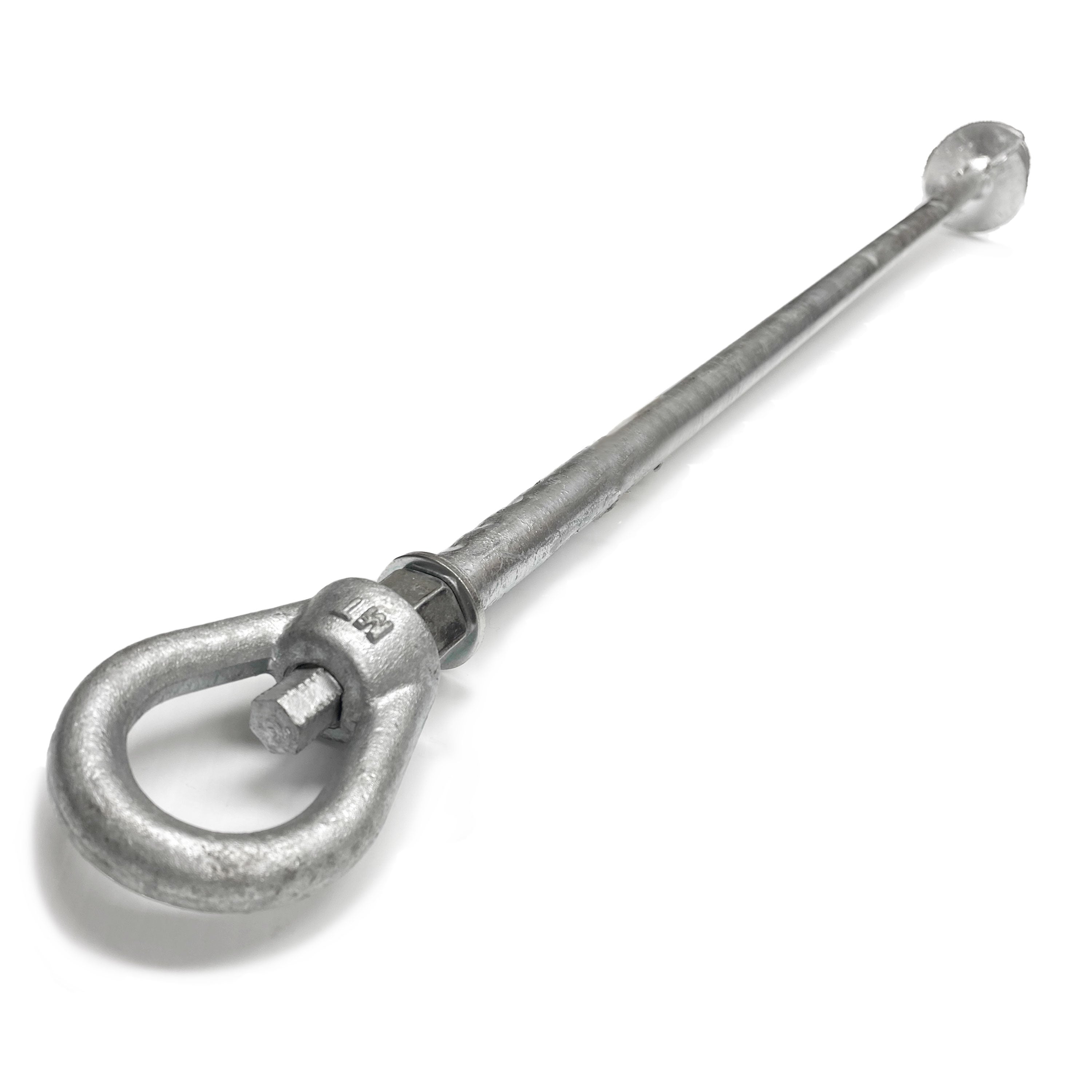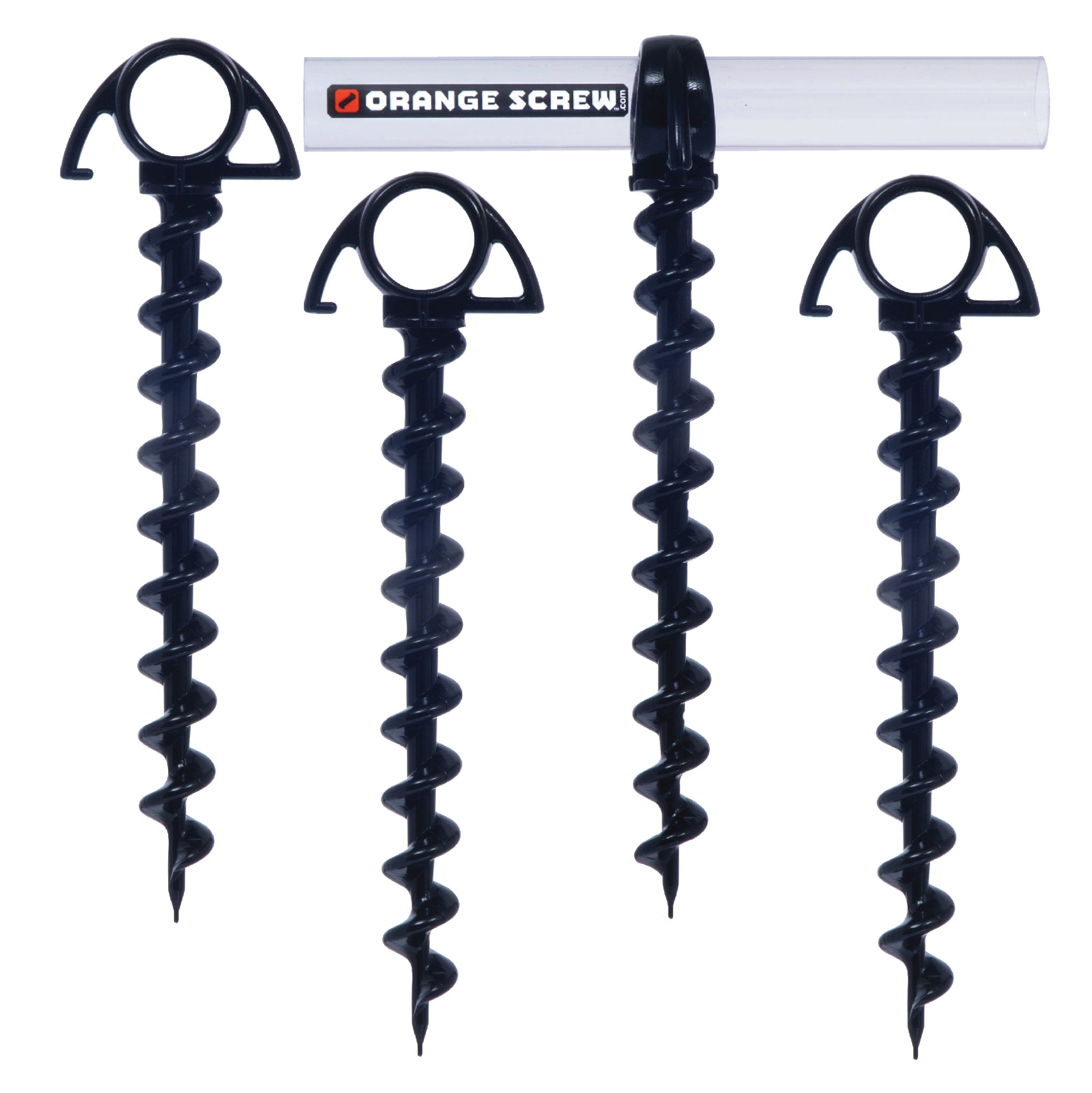Key Facts to Understand About Choosing the Right Ground Anchor for Various Applications
Key Facts to Understand About Choosing the Right Ground Anchor for Various Applications
Blog Article
Check Out the Different Kinds of Ground Support for Your Next Job
From auger supports, which excel in diverse dirt problems, to risk anchors made for temporary installations, the choices are various. In addition, concrete and screw anchors existing one-of-a-kind benefits in specific situations, while deadman supports are tailored for applications calling for resistance to lateral pressures.

Auger Anchors
Auger anchors are a popular option in various building and construction and landscaping jobs as a result of their special layout and efficient anchoring capabilities. These supports contain a helical screw-like shaft that is driven right into the ground, allowing for a stable and safe and secure hold. The spiral design assists in simple installment and optimizes resistance against side forces, making auger supports particularly reliable in applications such as fencing, short-term structures, and disintegration control.
The installment process of auger anchors is relatively simple. Auger supports can be quickly removed and reused, which includes to their cost-effectiveness and sustainability.
One of the significant benefits of auger anchors is their capacity to disperse lots evenly throughout the surrounding dirt, minimizing the threat of dirt disruption and lessening ecological influence. Additionally, they are less prone to loosening or heaving gradually compared to typical anchoring techniques. Auger supports are a superb choice for jobs calling for sturdy and trustworthy anchoring services.

Stake Anchors
When it pertains to safeguarding frameworks in a variety of outdoor applications, stake supports provide a trusted and straightforward solution. These anchors are generally built from durable materials such as steel or light weight aluminum, created to endure ecological stresses while supplying ideal stability. Their easy style permits for quick installment, making them a suitable selection for short-term or permanent anchoring demands.
Risk supports are specifically valuable in protecting tents, covers, and various other lightweight structures versus wind and climate. They function by being driven right into the ground at an angle, creating a strong hold that withstands pull-out pressures - Ground Anchor. The performance of risk anchors depends on several aspects, consisting of soil kind, moisture content, and the angle of installation
For included protection, numerous stake supports feature accessory points for bands or ropes, permitting stress changes as necessary. In applications such as landscape design or building and construction, they can efficiently stabilize devices or frameworks on uneven surface. On the whole, stake anchors offer a flexible and cost-effective solution for safeguarding various outside installations, making them a favored selection for specialists and do it yourself lovers alike.
Concrete Anchors
Concrete supports offer a durable service for safeguarding structures to concrete surfaces, making sure security and safety in numerous applications. These supports are crucial for tasks varying from property constructions to large commercial installations. They can be found in various kinds, including growth supports, sticky supports, and undercut anchors, each created for specific load requirements and environmental problems.
When mounted,Growth anchors count on mechanical systems to grasp the concrete. They are suitable for medium to durable applications. Sticky anchors make use of high-strength epoxy or resin to bond the anchor to the concrete, supplying premium load-bearing abilities, particularly in broken concrete situations. Undercut supports develop an one-of-a-kind shape within the concrete, giving extraordinary holding power, particularly in applications where tensile lots prevail.
When performed appropriately, concrete supports significantly improve the structural honesty of various projects, making them essential in contemporary construction practices. Understanding the specific needs of your task will help in choosing the right type of concrete from this source anchor for the task.
Screw Anchors

Screw supports are a versatile securing solution that can be efficiently utilized in a range of applications where standard concrete anchors might not be sufficient. These supports include a helical style that allows them to be conveniently driven into the ground, making them ideal for use in soil and various other substratums. Their distinct framework provides exceptional holding power and resistance to pull-out forces, making them ideal for various projects, from landscaping to architectural support.
One of the primary benefits of screw anchors is their convenience of setup. They call for minimal equipment and can commonly be set up without the demand for excavation, which saves both time and labor expenses. In addition, screw anchors can be eliminated and reused, using a lasting solution for momentary applications.
Screw anchors are especially useful in areas where soil problems are testing, such as loose or sandy dirts. Their ability to be mounted at differing midsts permits customization based on particular task requirements. On the whole, screw anchors supply a dependable and reliable securing approach, making them an exceptional choice for engineers and professionals seeking efficient services for their jobs.
Deadman Anchors
Deadman anchors serve as a robust option for maintaining structures in tough conditions, especially where typical securing approaches may fail. These supports contain huge, heavy things hidden underground, which produce resistance versus lateral forces. The style usually entails a horizontal component, such as a block of concrete or a metal plate, buried in the dirt, to which wires or straps are connected.
The performance of deadman supports depends on their capability to disperse tons over a bigger location, minimizing the danger of failure in unpredictable soil problems. They are particularly useful in applications such as keeping wall surfaces, momentary frameworks, and slope stablizing, where dirt movement can endanger the honesty of the framework.
Setup of deadman anchors requires mindful planning to ensure they are placed at the right depth and positioning, optimizing their load-bearing ability. While they may call for more labor and product than lightweight anchors, their integrity my review here in unfavorable problems makes them visit this website invaluable for long-term jobs. Furthermore, deadman anchors are versatile and can be adjusted to different applications, making them a best option for engineers encountering unique difficulties in their tasks.
Final Thought
Auger supports succeed in varied soil problems, while risk anchors suit short-lived applications. For concrete surface areas, growth and sticky supports provide trusted choices, and screw supports offer flexibility in tough surfaces.
Additionally, concrete and screw anchors present one-of-a-kind advantages in particular scenarios, while deadman supports are customized for applications calling for resistance to side pressures - Ground Anchor.Auger anchors are a popular option in numerous building and landscaping tasks due to their distinct design and reliable securing abilities. They come in different types, including growth anchors, adhesive supports, and undercut anchors, each developed for particular tons demands and ecological conditions
Glue supports use high-strength epoxy or material to bond the support to the concrete, supplying remarkable load-bearing capacities, especially in broken concrete situations. In general, screw supports offer a efficient and reliable securing technique, making them a superb selection for engineers and contractors looking for effective remedies for their jobs.
Report this page